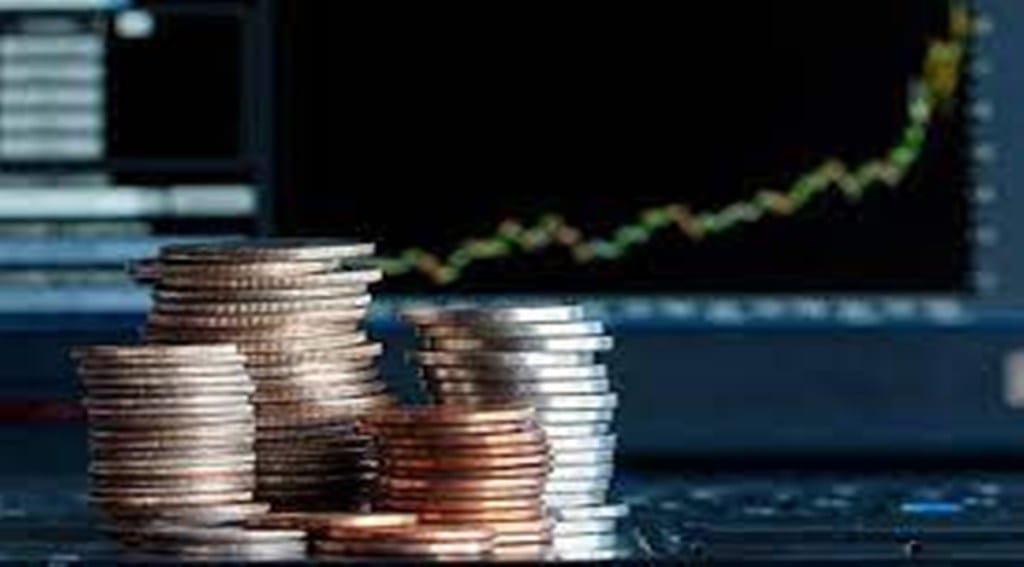Despite people still being killed daily in Ukraine, financial markets appear to be settling down. The VIX, though about 50% higher than its long-term average, is some 20% lower than the high it hit on March 7, ten days or so into the invasion.
The key to this, of course, is that the price of oil fell sharply from its peak of over $130 per barrel to just about $100. However, with the war still far from resolution, oil could flare up again at any time, as it did over the past few days. It is hard to believe it could sustain at the peak levels, but, in this kind of environment, anything is possible.
Global equity markets remain unsettled, perhaps waiting to see whether the Fed sticks to its guns on raising rates. Once that is done, we could see a relief rally, but, in the current environment, with Putin the Mad calling the shots, it is hard to see the recent highs—Dow at nearly 37,000—any time soon. To the contrary, the risks are all on the downside and, given that the conflict will likely be horribly drawn out, another 8-10% decline in the Dow cannot be ruled out.
Indian equities, on the other hand, appear to be dancing to a different tune. Despite FPI outflows every month since October last year, equity markets appear to have found a bottom. Interestingly, the correlation between outflows and the BSE since October was very low—around 14%—confirming that domestic money has become as, if not more, important than foreign money to Indian equities. This also explains why Modi’s assembly election victories provided such a boost to the market. But it remains to be seen how long this mood will last; the correlation with the Dow is a high 61% (since October) and since it doesn’t look like the Dow is going to zoom, we may also remain somewhat circumspect. Again, we have to suffer under the hugely difficult geopolitical situation and, of course, rising domestic inflation.
The rupee has held on grimly. RBI has been hysterically active in trying to hold the line—a sharply weaker rupee puts pressure on prices and the government’s deficit—and it has had some success. The rupee did hit an all-time (opening) low of 76.8350, marginally below the previous all-time low set in early 2020, but, under RBI’s desperate ministrations—it sold nearly $10 billion in the week to March 11—it has recovered. And while the recovery followed it usual path—a gain of nearly 2 rupees in a few days—it is hard to believe that the rupee’s trauma is over.
It is, of course, IMPOSSIBLE to assess how the trauma will play out. The event driving the trauma is a once-in-a-lifetime: some people fear it may be the start of World War III. While the dollar index (DXY) has expectedly strengthened since the invasion, the rise has been a relatively slim 3%; if the market were sanguine that this is a world-changing event, I would expect DXY to jump much more, certainly crossing 100—this may still happen, of course, but calling even direction in this environment is foolhardy.
But then, as I never tire of saying, markets are their own creature and trying to assess them at any time, let alone a once-in-a-lifetime, is madness. I first learned this a long time ago, back in October 1987, when Wall Street crashed—Black Monday, they called it. I was, relatively speaking fresh of the boat; I had started my advisory business the previous year but had built something of a following and when the news came in the phones didn’t stop ringing. People were asking what would happen to the rupee; and, when I said I didn’t know, they asked what about the dollar. I tried to explain that when you are in a first-time-ever situation, it is impossible for anyone to know what would happen—and this is when we had a very narrow, controlled market. But they didn’t stop.
The pressure from the phones was immense so I went downstairs for a smoke—I used to smoke in those days. As I smoked away wondering what the hell was going to happen, the chanawala on the pavement came across and said, “Sah’b pachaas rupye chaiye”. Now he was a nice sort but I had too much on my mind and I shoo’ed him away. Then, after another cigarette, I called him over and asked him, “Dollar upar jaane wala hai ya neeche?”
He looked at me in utter disbelief, “Sah’b mujhe kya pata?”
I said, “Pachaas rupye chahiye?”
He nodded and told me something—I don’t even remember what he said. I went upstairs and told all my clients and callers that that’s what would happen.
That was my earliest learning about markets, particularly in the midst of unprecedented events, like we are suffering right now.
Thus, my advice, as always, is to stop thinking about the market and hedge according to a structured program, with a trailing stop loss for imports and regular hedges based on pre-set criteria for exports (with a disciplined stop loss).
Other than that, pray for the Ukrainian people.
The author is CEO, Mecklai Financial. www.mecklai.com


